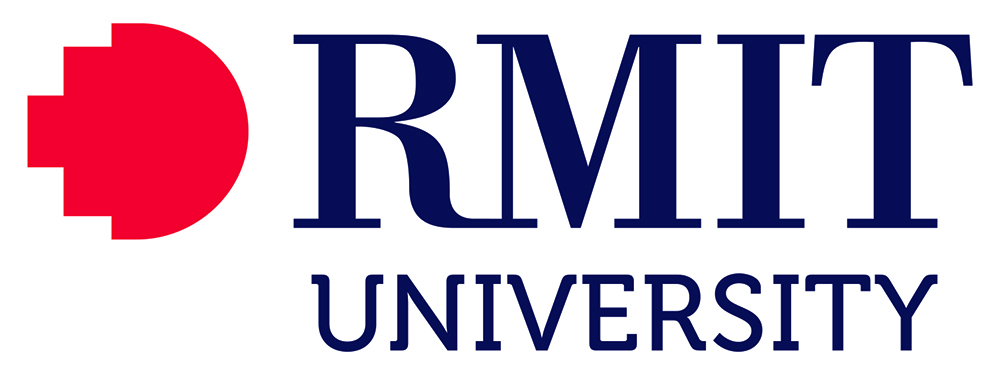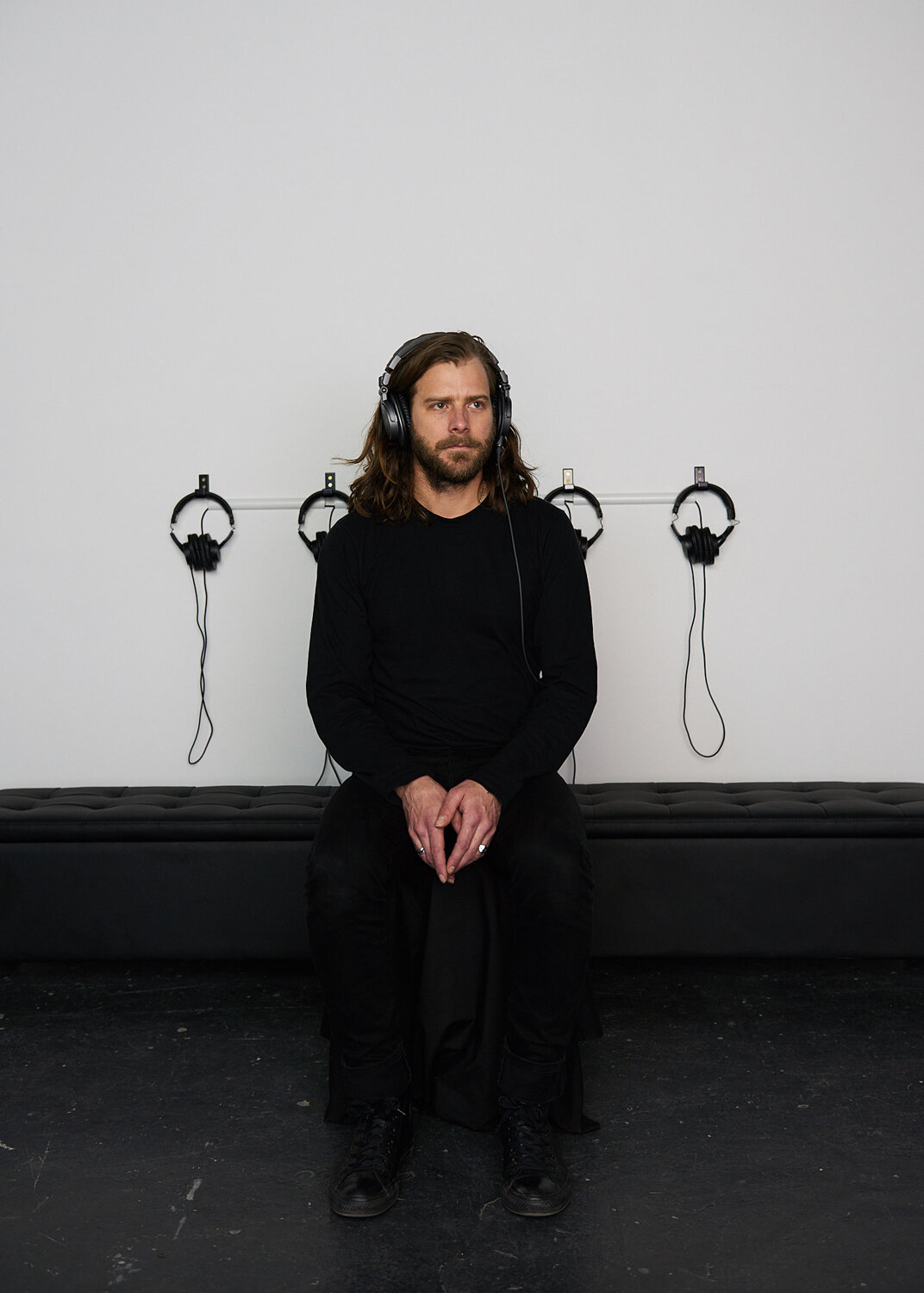D.A.CALF
DOCTORAL RESEARCHER
D.A.Calf is a sound and installation artist, musician, field recordist, composer, sound designer, researcher and producer concerned with the role that sound can play in understanding and mapping place and memory. This work regularly incorporates serialisation and the investigation of erasure and trace.
He has presented work at Dark Mofo, Cité Internationale des Arts (Paris), South by Southwest (Austin), Brisbane Festival, Melbourne Festival, King’s Artist-Run Gallery, Sounds of the Underground (Amsterdam), Electrofringe (Syd), Tilde Festival of New Music & Sound Art (Melb), Federation Square (Melb), and the Arts Centre (Melb).
He was co-founder of experimental theatre company The Guerrilla Museum and founder of the recording studio/production suite The Institute Studio. He holds a B.Fine Art (Hons)(Sound Art & Spatial Practice — RMIT), a B.Arts (Philosophy & Politics double major — University of Newcastle) and is a current Doctoral Candidate in the School of Art.








